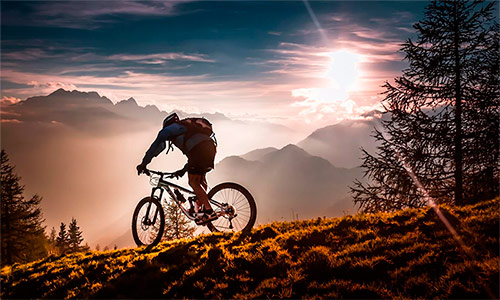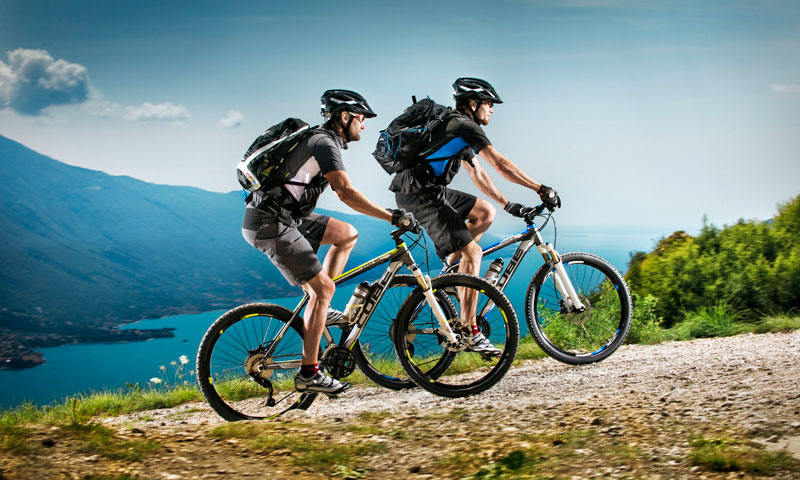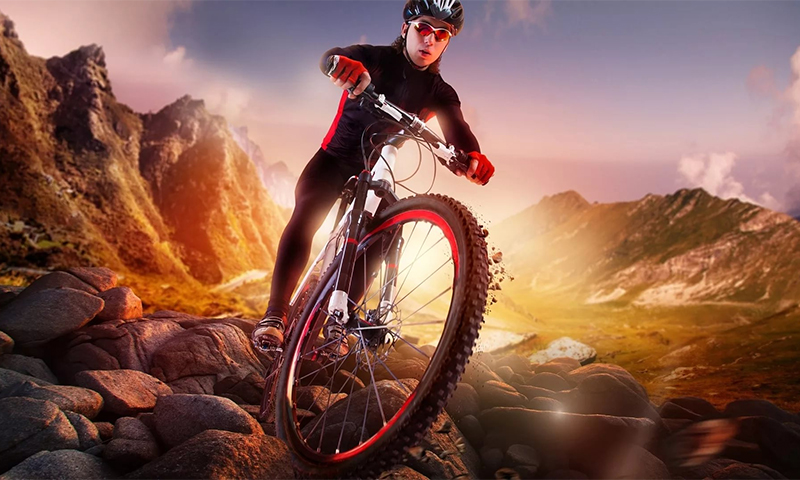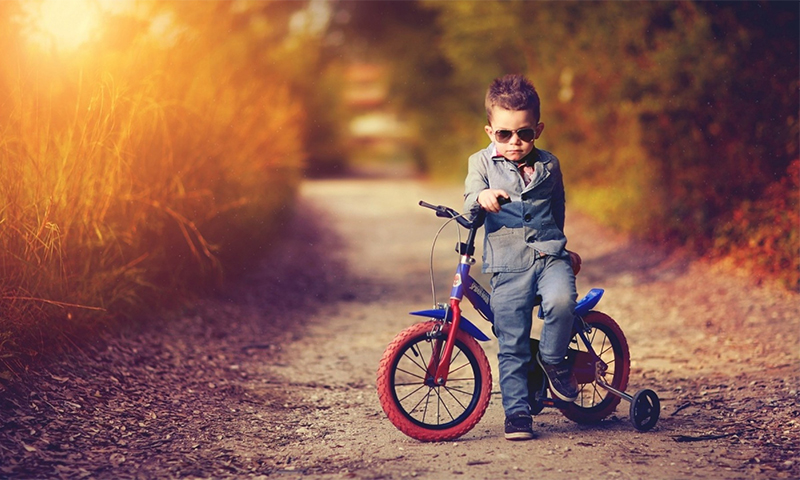A runbike (also known as a bike or a bike) is an idea that has long been on the surface. In fact, this is a prototype of a traditional two-wheeler - in the form in which it existed, until the pedals were attached to it. At first glance, this toy seems useless, because the child can simply be planted on a tricycle is great, so he went "as expected." But in fact, the baby is incredibly difficult to keep balance, pedal and simultaneously steer. But with a light and steady running foot, he will master much faster - and there he will change over to a normal bicycle without any problems.
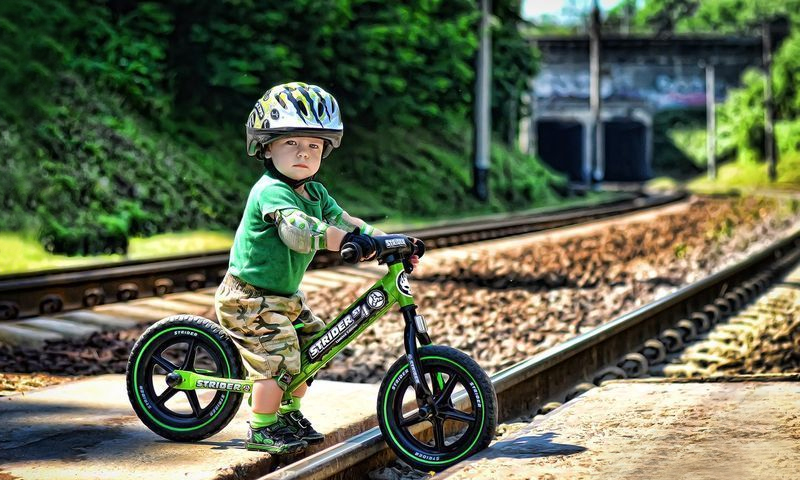
Content:
The best manufacturers of chasers - which company to choose
The runbikes are gaining more and more popularity, which is why both sports equipment manufacturers and manufacturers of children's toys took up their release. At the first turn out reliable and high-quality models, at the second - cheap and not especially durable.
If you are looking for a really good ranbike for your child, suitable transport will most certainly be in the assortment of these companies:
- Chillafish;
- Strider;
- Runbike;
- Kokua;
- Puky.
The best copies of the runners We have already reviewed in our recent rankings. Now it's time to decide on the basic parameters of children's transport and find the ideal model for your child.
The principle of operation and the device was running
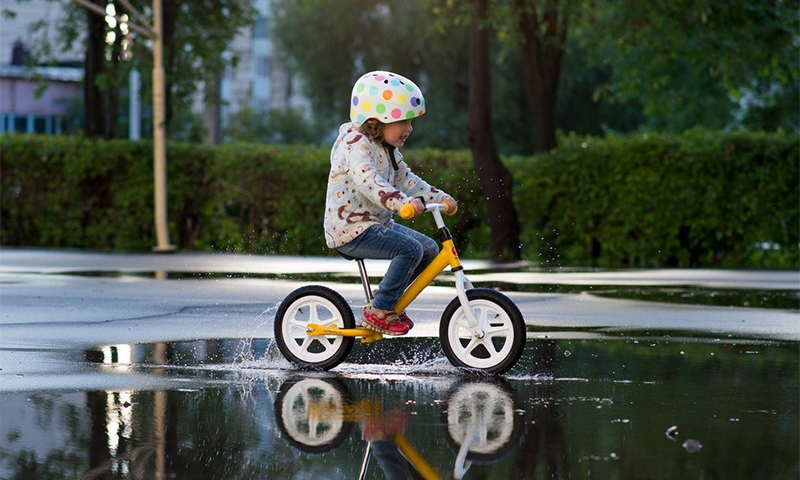
The bike kite has a fairly simple design - after all, this is a regular children's bicycle, but without pedals.
Accordingly, of the main elements left here:
1. Frame;
2. Steering wheel;
3. Seat;
4. Wheels.
Some models can be equipped with the following elements:
1. Foot rest;
2. Folding parking steps;
3. Brake system.
There are also such ranbayki, on which you can install an additional pair of wheels or replace them with skis, turning the "underdeveloped" into a children's snowmobile to ride it in the winter.
Riding the bike races is nowhere easier - just sit for yourself, go over your feet on the ground, and taxi. This is how most children use their very first pedal bikes, which means that they are more comfortable and the idea of running a bike has a right to exist.
Types of bikes
Wheelchairs (for children from the year up to 2.5)
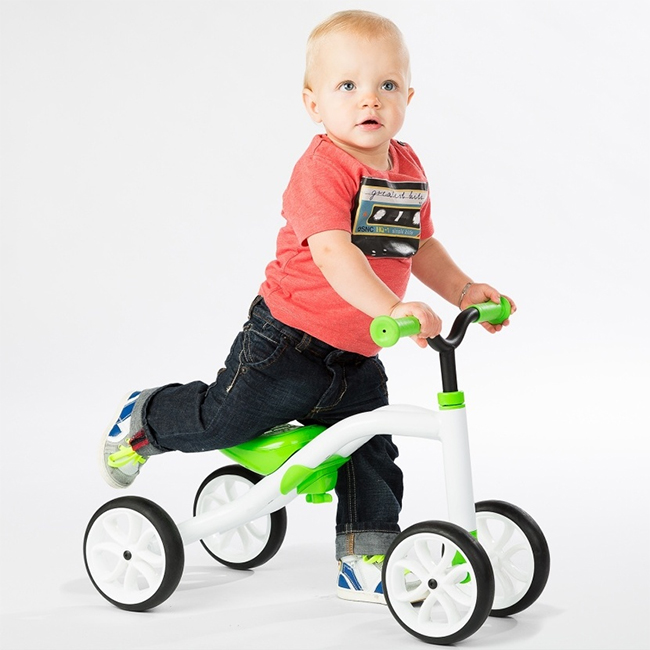
Small, barely learned to walk and run, fit a small three-or four-wheeled bike. They are distinguished by maximum stability and are absolutely safe for the baby. The maximum allowable weight of the “rider” in these models should not exceed 20 kg.
The frame here is usually plastic, which reduces the weight of the toy to 2-4 kg. The seat is height adjustable, but it is still quite low - 20-25 cm above the ground. Tires can be either solid or inflatable (with a rubber chamber inside) up to 8 inches in diameter.
Pros:
- Low weight;
- Excellent stability;
- Easy to transport.
- Adjustable seat height;
- Bright design;
- Relatively low cost.
Minuses:
- The plastic frame is not particularly reliable - it is better not to allow overloading;
- Children do not feel the size and cling to the obstacles of the rear wheels.
Balances (from 2 to 4 years)

It is time for the younger fidgets to learn to keep their balance so that later they can transfer to regular bikes without any problems. For them, the balancers are released with two wide solid wheels (the size of the track they can reach 15 cm).
Frames are used wooden or plastic, less often - from an aluminum alloy. The weight of the “older” models has increased to 3-6 kg, but they are able to withstand a load of up to 30 kg. The seat of the balancer is height adjustable, so for a couple of years of use it is quite enough.
Tires on such vehicles are almost always solid and rigid, no more than 10 inches in diameter. But there are more comfortable models - with inflatable rubber wheels, providing decent cushioning.
Pros:
- Still acceptable weight;
- Good "carrying capacity" - with a stock;
- Large selection of models in stores;
- Wide tires give extra stability to the balance bar.
Minuses:
- Hard wheels do not damp vibrations - inflatables do not have this problem;
- In wooden models, it is not possible to adjust the seat height.
Bike ride (from 4 to 7 years)

Such runbikes are capable of developing a decent speed due to large wheels with a diameter of up to 14 inches, and inflatable tires reduce vibrations on a rough road. With a body weight of about 5 kg, the cyclokata quite well withstand a load of up to 50 kg - all thanks to a solid aluminum frame.
As a rule, runbikes for preschoolers are the most functional (as far as possible with their primitive design). Here the height is adjusted not only for the saddle, but also for the steering wheel, there are hand brakes and footpads - in case the child wants to ride down the hill.
Pros:
- Develop good speed;
- Lightweight, but strong enough and durable;
- They have wide possibilities of growth adjustments;
- You can remove the legs on the stand and ride with the wind;
- Often equipped with brakes.
Minuses:
- Not cheap;
- Some models are too wide for the baby steering wheel.
Transformers

These models cover a wider age category - from about a year to 5 years. Simply transformers can turn from three-wheeled gurneys for the smallest to two-wheel balancers for older children.
Alas, the possibilities of growth adjustments are not too different from the standard ranbikes. Is that the seat is slightly raised above the ground when the rear wheels move together.
Transformed running bikes usually do not weigh more than 4-5 kg, but are able to withstand a child of 30-40 kg. The frames of such models can be plastic or aluminum, the wheel manufacturers also install different ones: inflatable and rigid, with a diameter of 8 to 12 inches.
On sale you can find running bikes, which, when folded, turn into a full-fledged scooter, a winter snowmobile on skis or a children's two-wheeled bicycle (if the kit includes removable pedals). Their weight is usually a little more and reaches 7-8 kg, but the permissible load increases to quite adult 50-70 kg.
Pros:
- A 2-in-1 design is always a good savings;
- Small weight, but very decent "loading capacity";
- Height adjustable seat and steering wheel;
- The ability to make a runbrook at least a little more compact for storage in a small apartment.
Minuses:
- Pretty high cost.
Parameters choice

Step size
It is from the determination of the height of the landing and you need to start the choice of a fuse. To do this, you need to measure the length of your kinder leg from the groin to the foot and take 2-3 cm.
The result is the permissible height of the saddle from the ground in its lowest position. A little more - and the child will no longer be able to reach his feet to the road in order to push off or maintain balance. And as the baby grows, the seat can be raised.
Weight
This criterion is important for both the youngest rider and his parents. The bike must be light enough so that the baby can lift it or drag it from place to place. In addition, when falling (if the child still manages to knock over the running bike), the light toy will not cause serious injuries.
1. Young children up to 2-2.5 years old are advised to buy models weighing no more than 2-3 kg.
2. Children under 4 years old can already take a vehicle weighing 3-4 kg.
3. Doshkolyata can easily cope with ranbikes from 4 to 9 kg, although it is better not to go beyond the weight category up to 6 kg.
Frame material
Only lightweight materials are used for the production of bikes, but their strength and service life may be different:
1. Aluminum is the most durable, reliable and durable, but it comes out of it quite expensive.
2. Wood - valued for its naturalness and is considered quite reliable. The main thing - to protect it from water.
3. Plastic - the lightest and not very strong running bikes are made of it, although some manufacturers do not stint on durable and thick plastic for their luxury models. In any case, such transport is good only for very young children.
4. Steel - rarely used due to its large weight. Usually such frames are put on universal “multi-age” models.
Wheel type
There are two types of ranbikes:
1. Airless (EVA-tires)
These are cast wheels made of foam rubber, worn on a hard rim. They are quite reliable and are not afraid of raids on sharp objects. But they have very low depreciation, because of which the baby pop will feel all the bumps and asphalt irregularities. These wheels are only suitable for walking in parks and areas with good coverage or for pokatushek home carpet.
2. Inflatable
Ordinary rubber wheels with a camera installed inside that need to be pumped up from time to time. But they have a softer move, and the roll is not bad, so the guys over 4 years old, who are chasing themselves, will definitely like them. Of course, it will be easier to pierce them, but it will not be difficult to seal the camera - even at home, at least for tire service.
Brakes
The presence of the braking system is not fundamental if we are talking about models for the smallest. Kids do not accelerate too much, and they still do not know how to use the brakes. But for grown-up riders of three or four years this is a useful thing - so they will not only be able to control the speed of a runbike, but also having re-seated on a bicycle will no longer have braking problems.
Which runbike choose
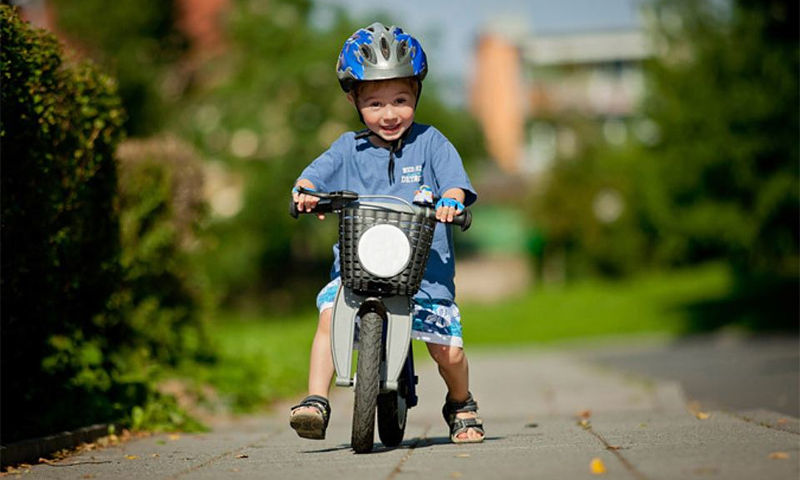
1. If you need a ranbike for a baby up to 2-2.5 years old, it is best to purchase an inexpensive plastic model with three or four cast wheels and its own weight of 2-3 kg. No additional accessories are needed here, although a carrying handle or a small glove box for children's clothes will not be superfluous.
2. Children under 4 years old are better to take an aluminum bike weighing no more than 4-5 kg. Wheels, it is desirable to choose inflatable, so that you can drive even on uneven roads. The presence of a brake is at your discretion: it is not obligatory, but it will not particularly interfere. Also, for this age model-transformers are suitable, which can be initially used as a three-wheel runbike, and eventually make it a balancer.
3. Looking for a kindergun at the age of 4-7 years? Feel free to take a steel or aluminum bike with inflatable tires. Ideal if it is equipped with a footrest and handbrake. Preference should be given to models where the height is adjusted not only the saddle, but also the steering wheel.
4. If you want to save money and space in the apartment, take a look at the transformers running races. They can replace your scooter or first bike and will serve your child for much longer 1-2 seasons. Here it is important that the frame is made of steel or aluminum alloy, everything else depends on the type of transformation.
How much is the runbike
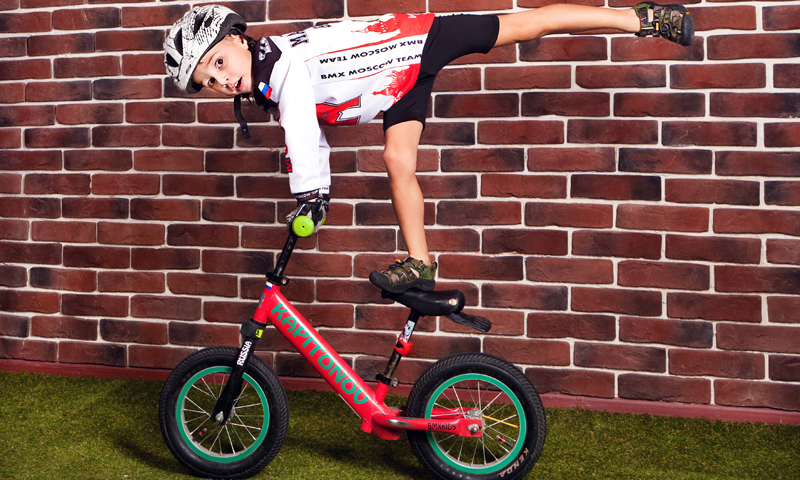
1. Plastic models for the smallest are the cheapest - their price ranges from 1600-9000 rubles.
2. A nice wooden bicycle will cost you between 900 and 18,000 rubles.
3. Approximately the same amount will have to be paid for aluminum ranbike (1-20 thousand rubles).
4. Transformers start from 2400-3000 and reach 15-23 thousand rubles.
It will be interesting to friends too


